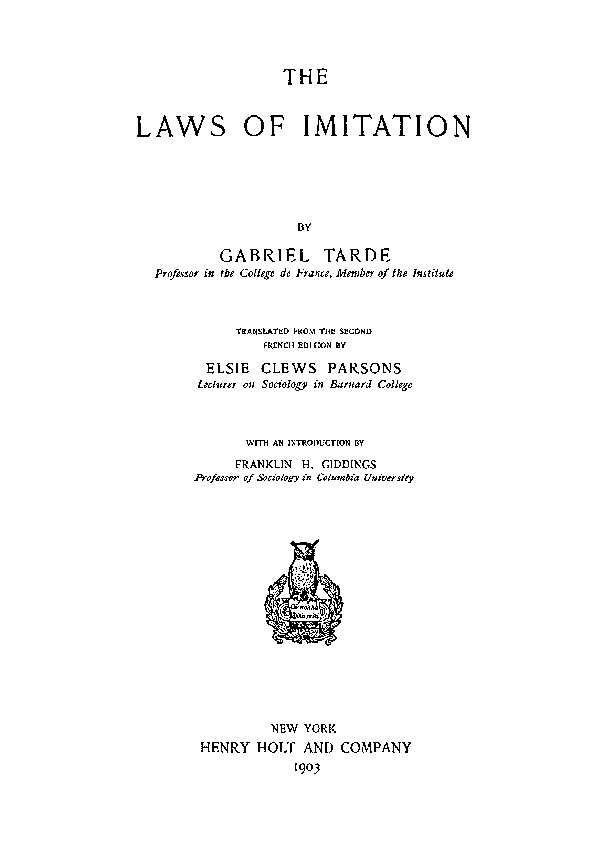Henry Bond: Lacan at the Scene (2009)
Filed under book | Tags: · crime, criminology, film, forensics, photography, psychoanalysis, psychology

“What if Jacques Lacan–the brilliant and eccentric Parisian psychoanalyst–had worked as a police detective, applying his theories to solve crimes? This may conjure up a mental film clip starring Peter Sellers in a trench coat, but in Lacan at the Scene, Henry Bond makes a serious and provocative claim: that apparently impenetrable events of violent death can bemore effectively unraveled with Lacan’s theory of psychoanalysis than with elaborate, technologically advanced forensic tools. Bond’s exposition on murder expands and develops a resolutely Zizekian approach. Seeking out radical and unexpected readings, Bond unpacks his material utilizing Lacan’s neurosis-psychosis-perversion grid.
Bond places Lacan at the crime scene and builds his argument through a series of archival crime scene photographs from the 1950s–the period when Lacan was developing his influential theories. It is not the horror of the ravished and mutilated corpses that draws his attention; instead, he interrogates seemingly minor details from the everyday, isolating and rephotographing what at first seems insignificant: a single high heeled shoe on a kitchen table, for example, or carefully folded clothes placed over a chair. From these mundane details he carefully builds a robust and comprehensive manual for Lacanian crime investigation that can stand beside the FBI’s standard-issue Crime Classification Manual.”
With a Foreword by Slavoj Zizek
Publisher MIT Press, 2009
Short Circuits series
ISBN 0262300095, 9780262300094
233 pages
Review: Daniel Hourigan (Metapsychology, 2010).
Comment (0)Gabriel Tarde: The Laws of Imitation (1890/1903) [French/English]
Filed under book | Tags: · archaeology, criminology, imitation, invention, philosophy, psychology, society, sociology, somnabulism

“Among the phenomena that early arrested his attention was imitation. From his office of magistrate he observed the large part that imitation plays in criminal conduct. Does it play a smaller part in normal conduct? Very rapidly M. Tarde’s ardent mind ranged over the field of history, followed the spread of Western civilisation, and reviewed the development of language, the evolution of art, of law, and of institutions. The evidence was overwhelming that in all the affairs of men, whether of good or of evil report, imitation is an ever-present factor; and to a philosophical mind the implication was obvious, that there must be psychological or sociological laws of imitation, worthy of most thorough study. [..] Tarde perceived that imitation, as a social form, is only one mode of a universal activity, of that endless repetition, throughout nature, which in the physical realm we know as the undulations of ether, the vibrations of material bodies, the swing of the planets in their orbits, the alternations of light and darkness, and of seasons, the succession of life and death. Here, then, was not only a fundamental truth of social science, but also a first principle of cosmic philosophy.” (from the Introduction)
Les lois de l’imitation: étude sociologique
Publisher Félix Alcan, Paris, 1890
432 pages
English edition
Translated from the second French edition by Elsie Clews Parsons
With an Introduction by Franklin H. Giddings
Publisher Henry Holt and Company, New York, September 1903
404 pages
announcement (The New York Times, 1903)
google books [French]
google books [English]
PDF [French]
PDF [English]
PDF (more formats) [English]

